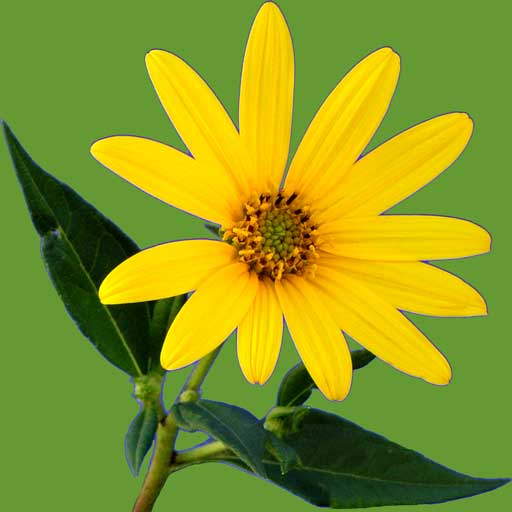Fagopyrum esculentum F. Polygonaceae
… … omitted text, please see How can I grow and use Sprouts as living food? for full text.
Constituents:
linolenic, linoleic, arachidonic, oleic, palmitic and stearic acids; sugars include fructose, glucose, sucrose, maltose, raffinose, rhamnose; bioflavonoids with rutin; flavonols, co-enzyme Q10, hesperidin, citrin, quercetin, flavones, lecithin, protein 15% with 8 essential amino acids (amino acid score 99; supplying excellent protein availability)
Vitamins:
A, B1, B2, B3, B5, B6, B15, B17, C, K, P, choline, folic acid, inositol, PABA
Minerals:
boron, calcium, copper, iron, magnesium, manganese, phosphorus, potassium, selenium, silicon
Actions:
anti-inflammatory, antioxidant, demulcent, diuretic, nutritive, tonic

{Imgage]
Medicinal Uses
The rich, rutin content of buckwheat makes it an excellent choice for anyone concerned about varicose veins or hardening of the arteries. Rutin is valued for its ability to strengthen the walls of capillaries. If veins become weak, blood and fluids accumulate and leak into nearby tissues, exacerbating varicose veins or haemorrhoids. Rutin is a component of vitamin P, a nutrient we generally do not hear much about. The body requires vitamin P to get the full absorption of vitamin C from our diets. When buckwheat is grown as sprouts with plenty of direct sunlight, the young stems turn red, which is an indication of an abundance of rutin. Rutin is also valuable for building blood.
Lecithin is another extremely beneficial component of buckwheat. Lecithin is essential for the structure of every living cell, especially the liver and brain. Lecithin makes up 28% of brain-matter. The relationship between the lecithin content of the brain and mental capacity has been of great interest, to some psychiatrists and medical researchers. They suggest that a regular intake of lecithin-rich foods can help prevent mental fatigue, nervous breakdown and other forms of brain and mental stress. Lecithin also helps the body to neutralise excess toxins, cleanse the lymphatics and lower high cholesterol. It also works with vitamin K, to increase the strength of the capillaries and regulate cell permeability.
Buckwheat, being a rich source of iron, makes it a valuable blood builder. Use buckwheat too, for its rich calcium source. The mineral boron, found in buckwheat, helps to harden the bones, providing an important, protective effect, against osteoporosis. Other therapeutic uses include: to lower high blood pressure and blood sugar levels, the treatment of colon cancer, indigestion, diarrhoea, oedema, kidney function, bruising, to help cleanse the lymphatic system, rejuvenate blood vessels, aid circulation and prevent strokes. Buckwheat is very alkalising; to get the benefits, use it as a food, regularly. For external use, a wash is applied to skin rashes, and it is used as a poultice to the breasts, for restoring milk flow to nursing mothers.
Culinary Uses
Buckwheat is sometimes called a grain, but it is not a grain, as it belongs to a different plant family (rhubarb is a food plant of the same family). Wheat, rice and other grains have bran and germ, but buckwheat does not, and comprises a shell and a kernel inside. Buckwheat is a good protein source, but does not contain gluten. Use buckwheat sprouts in sandwiches, salads, as a garnish or serve them on their own, sprinkled with a little olive oil and fresh herbs. The chlorophyll-rich leaves, of the buckwheat lettuce, make it most beneficial for people who do not have a garden but wish to grow some greens in a few square centimetres. Buckwheat combines well with garlic, onions, tomatoes and corn. The sprouts, blended to a pulp, are added to pancake batters and savoury dishes. I use the sprouts when making muesli bars.
And, for another plant in the Polygonaceae family…
Tade Polyganum hydnopiper (p 125), is a fast-growing annual The seeds, sprouted on a tray, will produce peppery tasting, young seedlings, with pink/red stems, in 2-4 weeks. Use sprouts to flavour sandwiches, coleslaw, salads, tucked in pita pockets, added to fried rice, tempura, as a garnish to raw fish (sashimi), and sushi: the very traditional Japanese cuisine of mackerel and rice, rolled in seaweed. Sprigs of pink flowers make petite garnishes on a plate. The herb is also called ‘smart weed’ for the way it ‘smarts’ the tongue. The seeds, when ground, are used for flavouring, like peppercorns.


